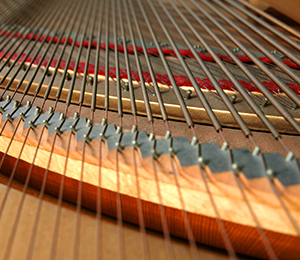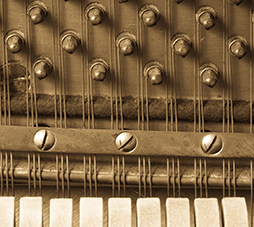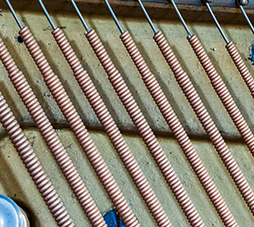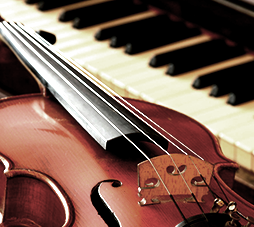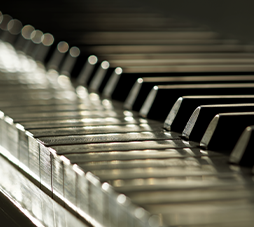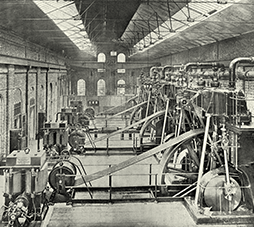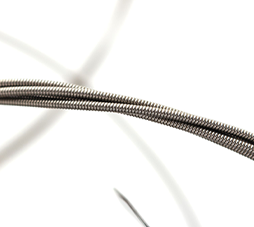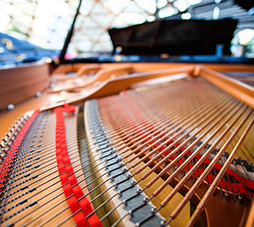Music WireTransition of string materials
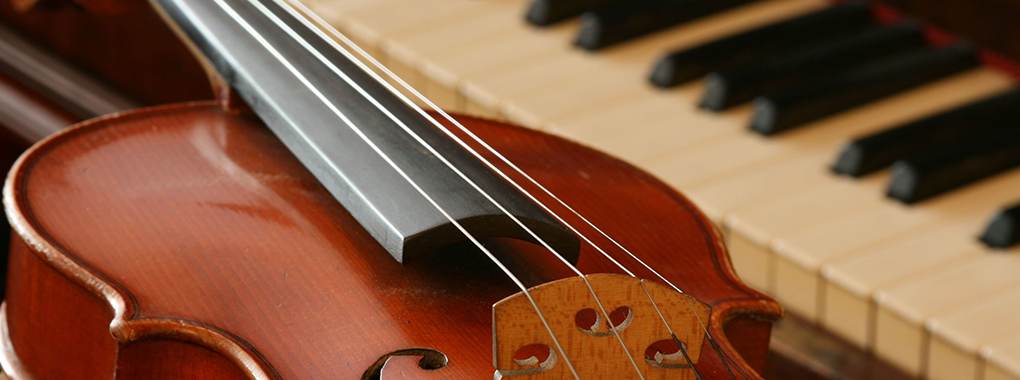
Transition of string materials
The first pianos are generally recognized to be four instruments produced from the end of the 17th century to the year 1709 by Bartolomeo Cristofori, musical instrument maker to the Medici. However, about 250 years before that, around the year 1440, a person named Henri Arnaud of the Netherlands designed a "dulce melos," a type of hammered dulcimer or zither played with a keyboard. Based on the detailed drawings that remain, some theorize that this was the piano's earliest ancestor.
Piano produced by Cristofori (replica)
Manufactured by Kawai Musical Instruments Mfg. Co., Ltd.

Photo provided by Hamamatsu Museum of Musical Instruments
In any case, these inventions were based on instruments that already existed, such as the dulcimer, clavichord, harpsichord (cembalo) and the like. It can thus be assumed that early pianos used the strings that were in current use for those instruments. Both the clavichord and harpsichord used brass wire for their strings in the 16th and early 17th centuries, which evolved into the use of brass for the bass strings and steel for the treble in the latter half of the 17th century. A 16th century poem by German poet, composer and craftsman Hans Sachs gives a sense of the art of pulling wire.
Pure copper and brass wires
I pull it out with a reel with a small handle
Lots of wire coils, of tin, and wid
And a wire brush for goldsmithing
The best five strings I made are
In a splendid harpsichord*
On many lots, from thin wire,
Hat ribbons and elaborate lace are created
- According to the translator, the original text is das Claucordium. Claucordium in Latin is Clavicordium in Britain and the United States. Therefore, it is not truly a harpsichord (cembalo), but likely a clavichord, an instrument that was in widespread use all over Europe at that time.
Drawing from the early part of the 16th century, in the year 1527
Collection of Nuremberg Municipal Library
(F.M.Ferdhaus)
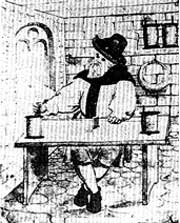
Until the mid-13th century, iron wire was in great demand for chain-link armor, such as that worn by the knights of the Crusades. The largest share of this was produced around Nuremberg in Germany. Strings for the initial piano used a similar, extremely low carbon steel made in Sweden called Osmundo iron, which has limited strength but is highly malleable. Brass wire was initially preferred over iron as a material for instrument strings because of its advantages in workability. It is much easier to work brass into strings with a diameter of less than 1 mm. It was only in the latter half of the 17th century when the drawing of high carbon steel wire was attempted, and high carbon steel strings were finally put into practical use in the 19th century.

